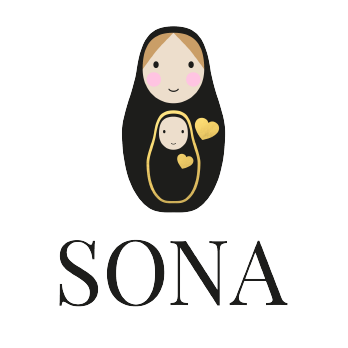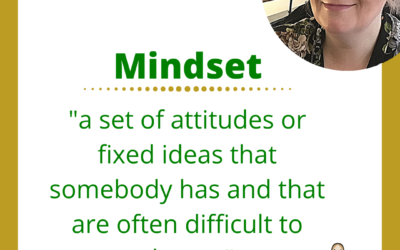BOOK REVIEW of:
The MicroBiome Effect
How your baby’s birth affects their future health
By Toni Harman & Alex Wakeford
With a baby on the cover, purple and pink writing and circular shapes that remind me of bacteria or cells, this book is very inviting. If you have never heard of the Microbiome, the cover is perplexing, interesting and inviting you to read. The book is not particularly long (192 pages, including 24 references and index) and has a lovely feel. I love the cardboard page holders, really helpful.
The first thing I read was the inside cover, author description. I always like to know who I am reading and where their expertise comes from. I was pleasantly surprised and connected to Toni and Alex to discover they were film makers. As a film student myself, I hoped they would deliver the info in a different style. The book is a continuation or a companion of their film , Microbirth (2014). They include clips from their film at the end of each chapter. I really enjoyed this. Making the book interactive and providing information in different media. This makes the information much more accessible and entertaining.
The introduction is very clear and straight to the point. It was really refreshing to understand what you are going to read before you do. I really like the way they helped explain medical or scientific terminology and ideas, not in a dumbed down way but in a straightforward one.
I think its worth saying at this stage that this book is full of useful and very important information, but some of that information may trigger feelings of blame, guilt, even shame, depending on a person’s previous life, birth or feeding experiences. The authors take pains, in the introduction, to explain; “we absolutely do not intend to question the decisions of any parent who is planning or has had a c-section. Nor do we want to make anyone feel guilty about their choices”.
Tony and Alex speak to a collection of experts and research, looking at how the microbiome (all the bacteria in, on and around us) are affected by the mode of birth and the effect this has on our immune systems. They look closely at the difference between vaginal and caesarean births (making a point to look at the difference, on the microbiome, between elective c-sections and those where labour has started). They also have conversations about the introduction of synthetic oxytocin (which is often used in the induction process to increase contractions) could have on the infants microbiome and the difference breastmilk or formula can make to the bacteria levels in the gut. I really appreciated their gentle approach to a controversial subject.
This is a book which has many eye opening moments, what I was touched by most was:
The use or overuse of antibiotics in farming, regular medical usage and in pregnancy and birth.
How amazing the human body is at adapting and changing, and how sensitive this balance appears to be.
How much we do not know.
Epingenetic!!! Wow….this is really interesting
Research into bacteria present in the placenta and preterm birth.
Why the baby’s immune system is not complete at birth!
Association does not equal causation
I love information and think the more information we can have the better, but when reading this book, especially chapters 4-6, I was reminded that people who chose to have an abdominal birth are individuals with personal experience and reasons. Yes the information in this book is really important but, one of the most important points made in the book is;
“ASSOCIATION DOES NOT EQUAL CASSATION. Just because research shows that C-section is connected to, or associated with, an increased risk of a child developing certain health conditions, it does not mean C-section actually causes those conditions.”
I felt the ending of this book didn’t go far enough. The last chapter, entitles “The solution!” seemed to me to be no solution at all. There was no conversation about the warped mentality of birth we have in our society. No conversation about helping people understand birth better, understanding their bodies better and helping birthing people gain trust in themselves and their bodies. No conversation about changing the medicalised nature of birth. The solution presented was more research into a flawed and broken system!?! How will this research help, when people are still failed by a broken system? When they are making choices for their single, individual family on the information and support they have in that moment. Research is important and very interesting, as long as ‘the blame’ is laid at the foot of our over medicalised society and not at the birthing people simply trying to do their best!
Would I recommend this book to a pregnant person?
Yes and No.
I have thought about this for a while.
‘Knowledge is power’, and the information in this book is really important and needs to have a wider discussion. But, the feeling of failure is real when birth has not gone the way a person hoped or planned and a small part of me feels this book (unintentionally) could perpetuate that feeling.
This book promotes the importance of skin to skin, breastfeeding etc. But, not everyone has the privilege or circumstances to make this happen.
This is definitely a good book to read, but perhaps one to be read with an open mindset.





